Tyan Transport SX TS65A-B8036 Topology
With AMD EPYC 7001 servers, topology was a big deal. Each AMD EPYC 7001 chip had four NUMA nodes per socket, which had implications for applications. With the AMD EPYC 7002 series, by default, each socket is a single NUMA node.
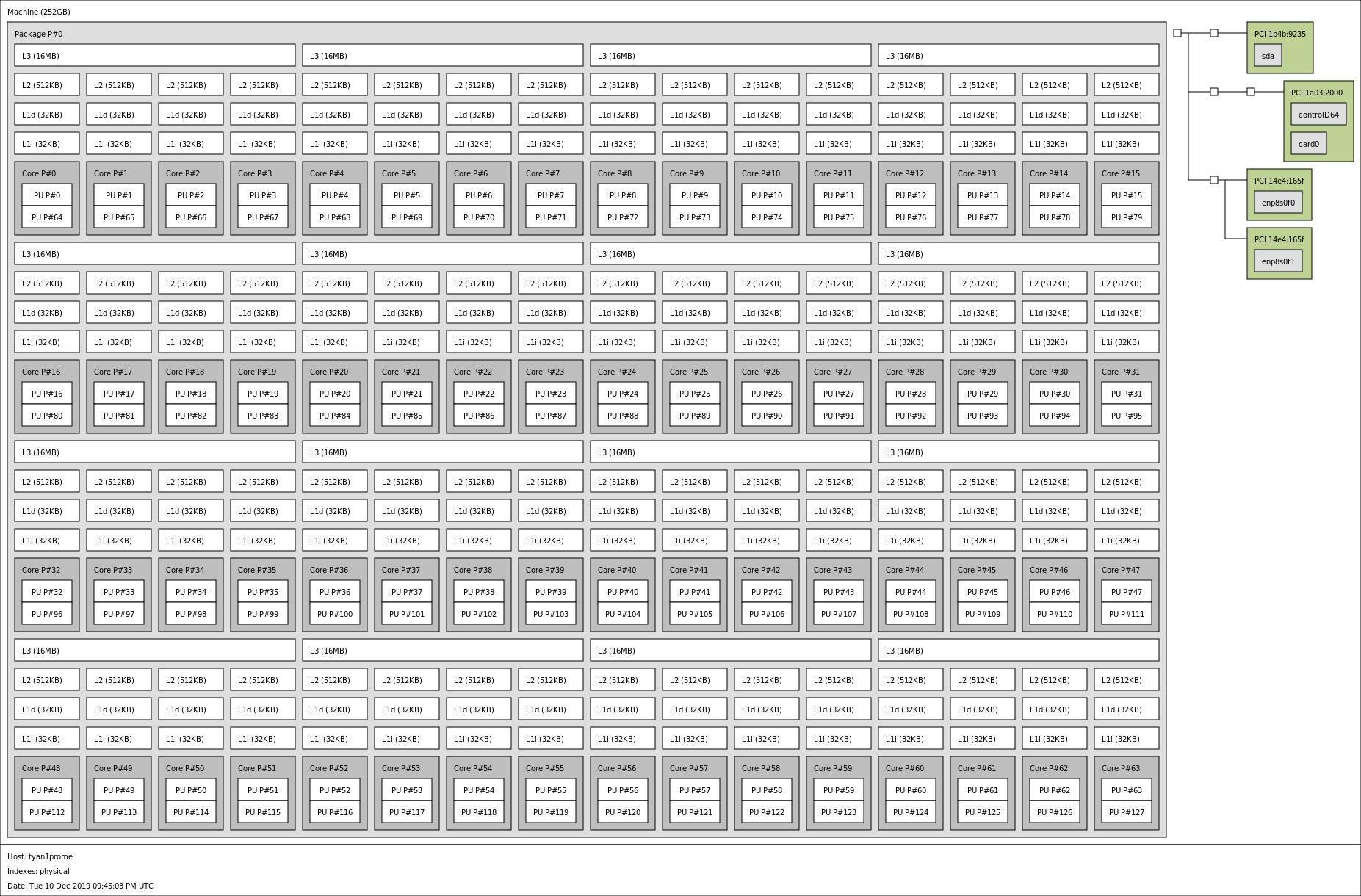
Here you can see we have a single large NUMA node where all I/O is connected directly to the CPU. This is a vast improvement over the previous generation. Also, with 64 cores and 128 threads along with 256GB of L3 cache on that NUMA node, this is also more compute and PCIe connectivity in a single NUMA node than Intel Xeon servers can handle using two CPUs and therefore two NUMA nodes.
Tyan Transport SX TS65A-B8036 Management
The Tyan web management interface uses the newer MegaRAC SP-X solution as a base. This is becoming the industry standard management solution that many vendors are adopting and adapting for their platforms.
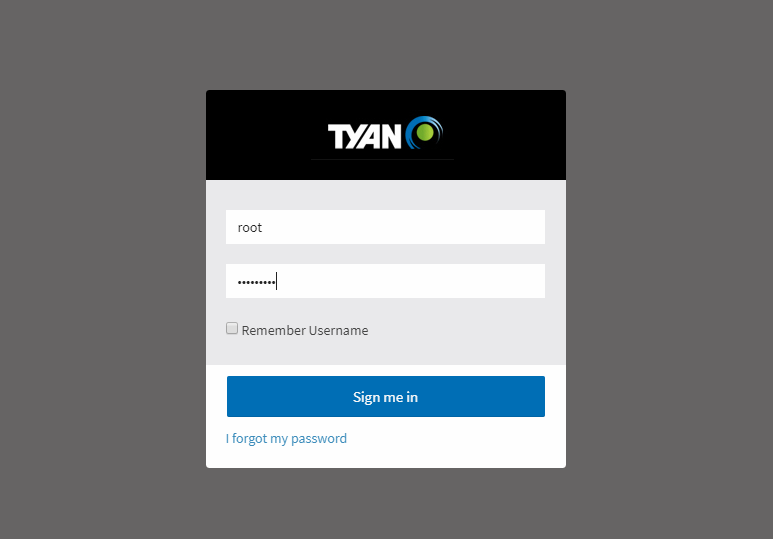
Tyan’s version has a number of customizations. One item that we surprisingly liked was the simple dashboard. Many vendors use overly complex dashboards with many status indicators but the performance of the dashboard is much worse in those implementations. Tyan’s implementation is relatively fast among SP-X implementations we have used.
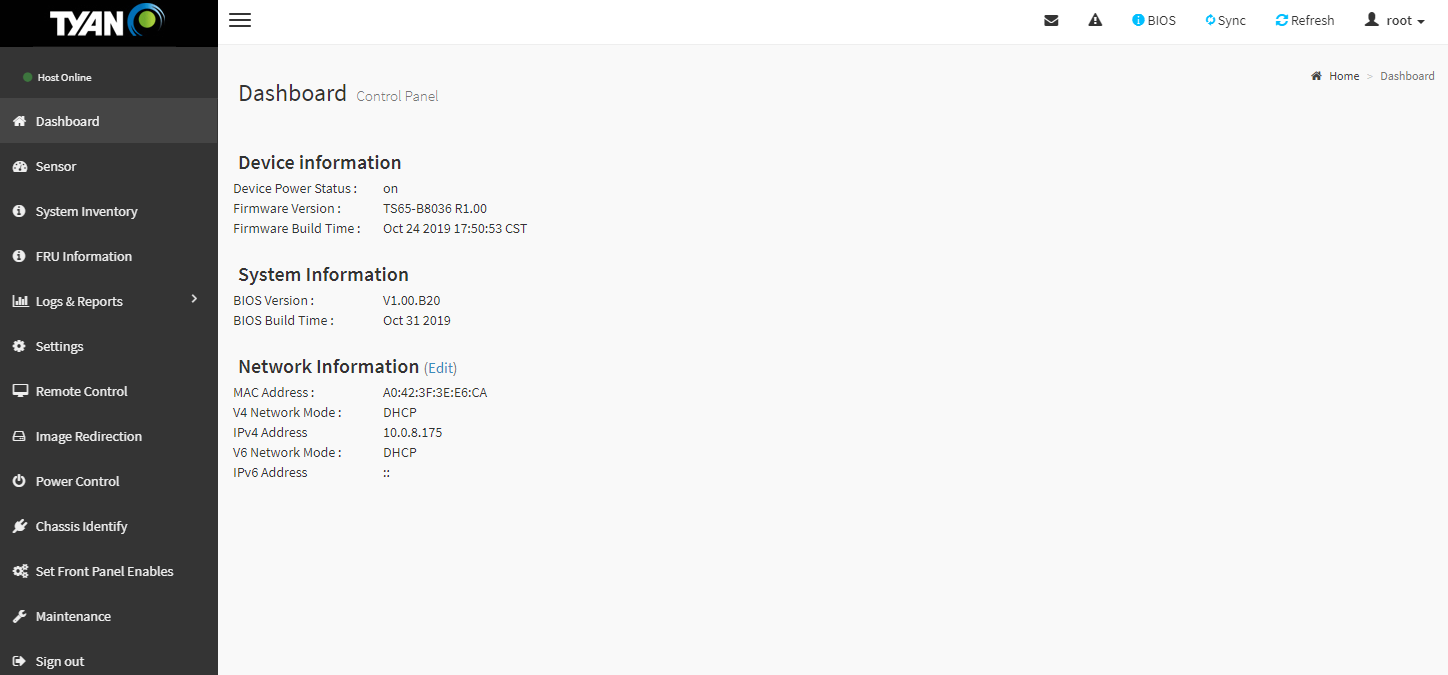
One can see features such as sensor readings with temperatures, voltages, fan speeds, power consumption, and other metrics. These sensor readings are displayed on the web interface but are really designed to be consumed by data center monitoring and management packages.
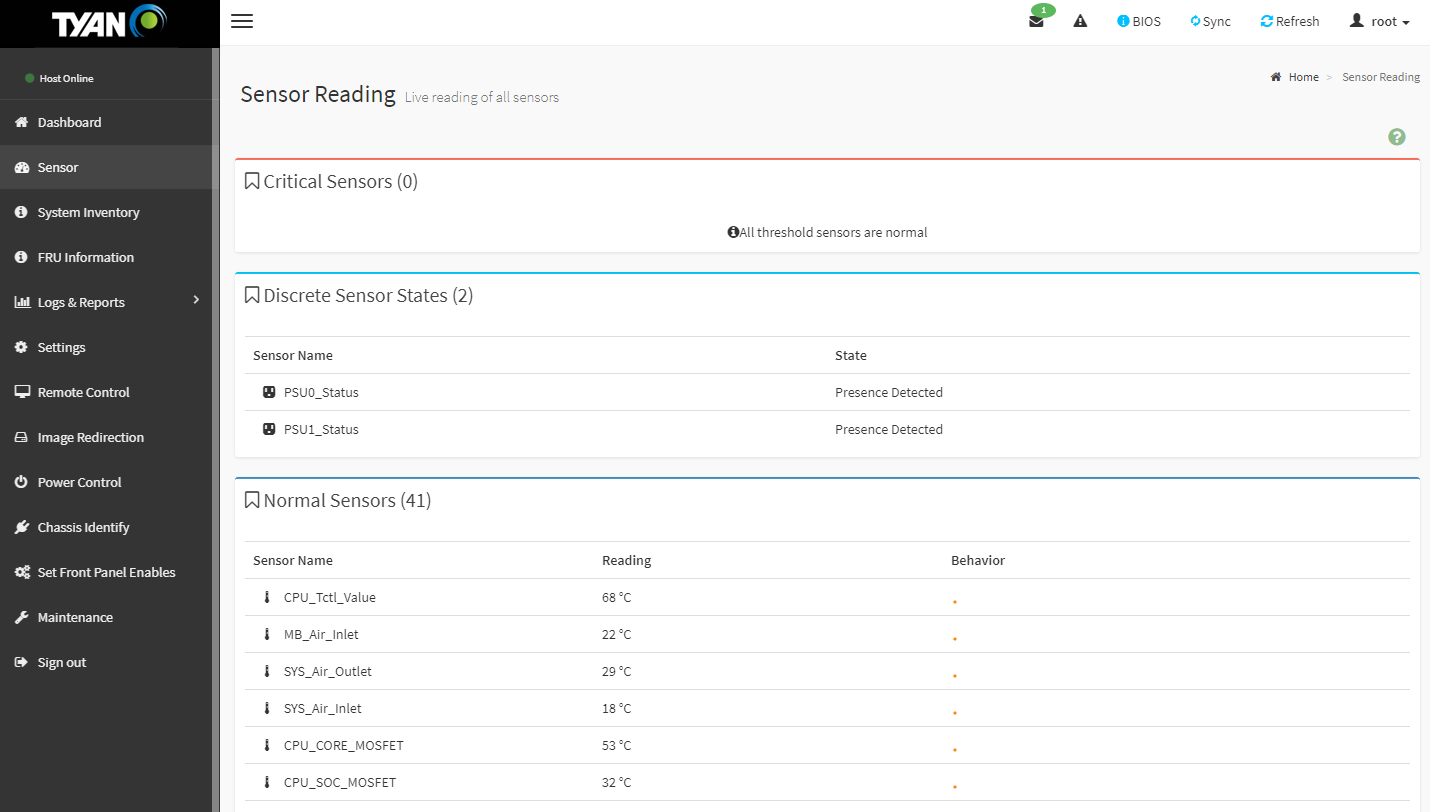
Changing various settings is relatively straightforward. The new HTML5 interface is even easy to navigate on phones and tablets. This is an enormous ease-of-use upgrade versus the last time we looked at the interface in our 2011-era Tyan IPMI 2.0 Remote Management WebGUI Tour.
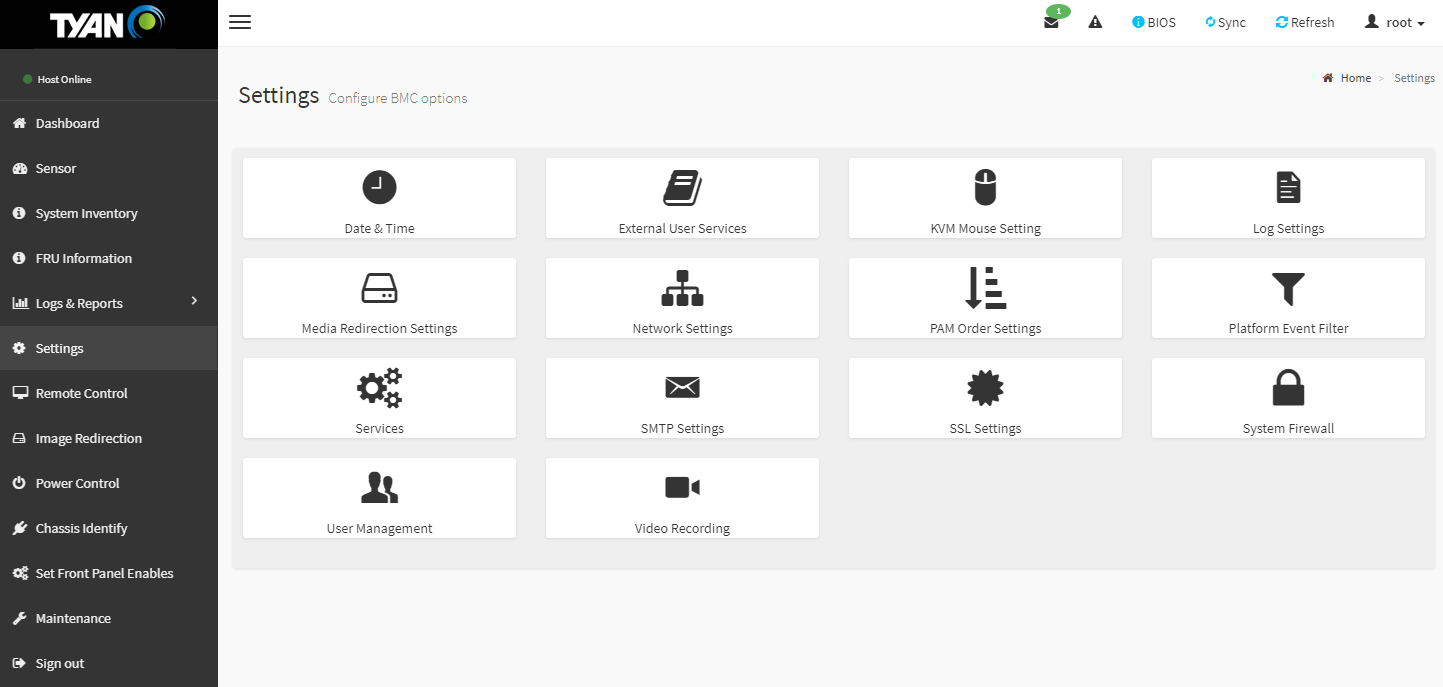
Remote iKVM features are included with this solution. That is something that vendors such as Dell EMC, HPE, and Lenovo offer at an additional cost on their servers. Tyan still offers the Java iKVM but now has a HTML5 version in their solution. The HTML5 version we tested does not have remote image mounting enabled, but not all vendors (e.g. Supermicro) have that feature parity on their new HTML5 iKVM suites.
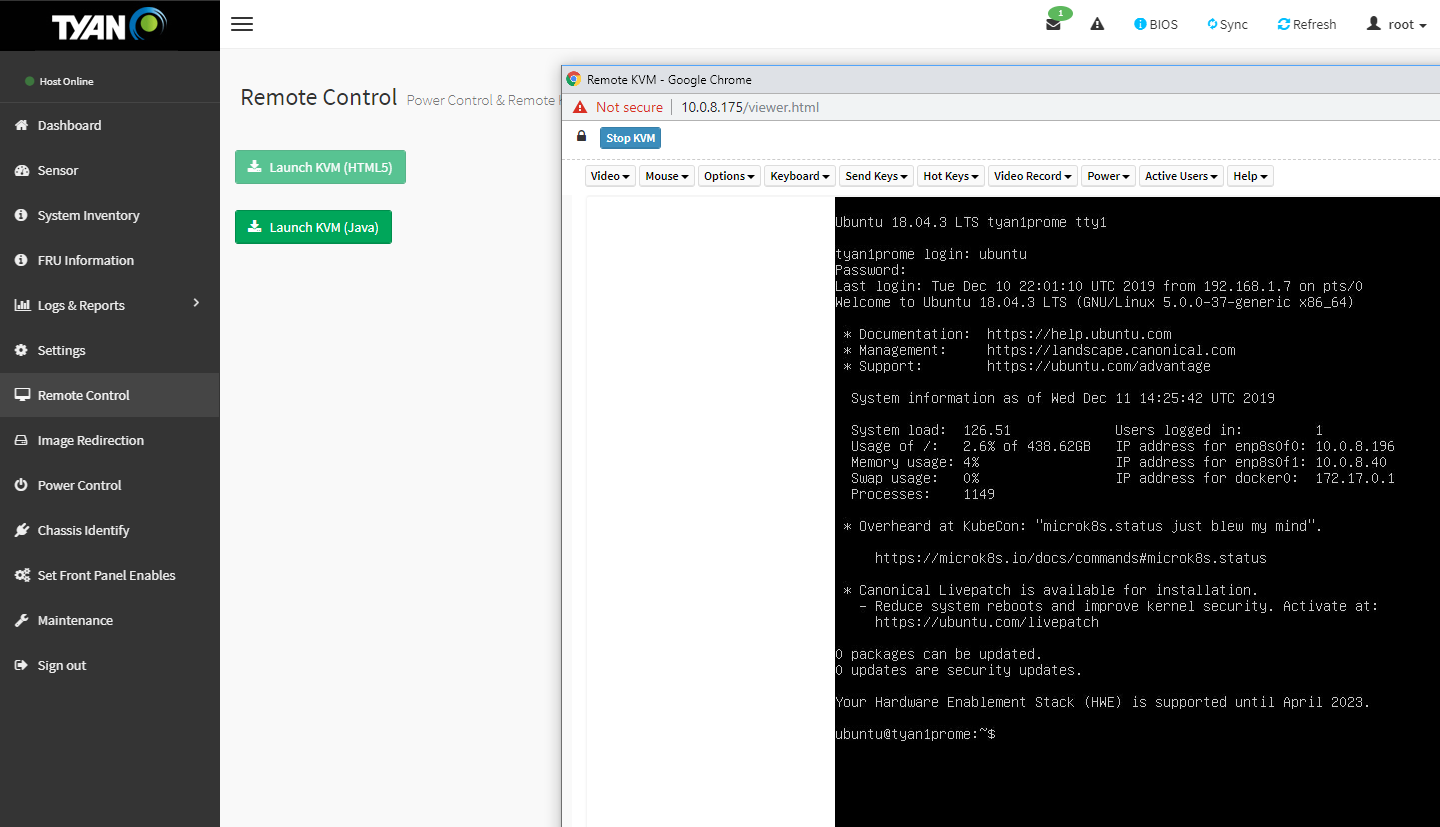
Based on comments in our previous articles, many of our readers have not used a Tyan server and therefore have not seen the management interface. We have a 7-minute video clicking through the interface and doing a quick tour of the Tyan management interface:
It is certainly not the most entertaining subject, however, if you are considering these systems, you may want to know what the web management interface is on each machine and that tour can be helpful.
Tyan Transport SX TS65A-B8036 Test Configuration
Here is the test configuration we used for the Tyan Transport SX TS65A-B8036:
- System: Tyan Transport SX TS65A-B8036
- CPUs: AMD EPYC 7742, 7702(P), 7502P, 7402P, 7302P, 7232P, 7262
- Memory: 8x Micron DDR4-3200 32GB RDIMMs (256GB total)
- Boot SSD: Intel DC S3700 400GB
- NVMe SSDs: 16x Micron 9300 Pro 3.84TB
- Networking: Mellanox ConnectX-5 VPI PCIe Gen4 (CX556A) 100GbE, Broadcom 25GbE OCP
The Tyan Transport SX TS65A-B8036 has a ton of PCIe Gen4 expansion capability, but we have limited PCIe Gen4 devices in the lab at this point. As a quick note, we are using the AMD EPYC 7702 for our testing here, although we found that the 7702P is a more appropriate
Next, we will look at performance.




1- You forgot to mention that there is a with 28x SATA model
2- I don’t agree with your assessment of the capacity storage ranking of the unit. It could support more that 170TB+ of storage using 24x 7.36TB SATA and NVMe drives. I don’t know of many places which need more than that (if they do they have other problems ;-])
3- It is unfortunate that Tyan “cheaped” out on onboard NICs, they could have used 2x 10Gbe-T instead of the legacy 1Gbe-T ports
4- Finally, it is unfortunate that Tyan doesn’t bother with getting Windows certification for their servers, this system would be ideal for a Windows 2019 Storage Spaces Direct solution I am currently designing/planning.
I agree with you on point 2, running 3-6 of these chassis populated out and you can have a lot of commodity flash for your backend. Even running vSAN would probably perform pretty well.
On point 3, meh. Do you really need it since you can run the dual 25g which is adequate for most storage/replication workloads and then you can run a mcx516a if you need more throughput
4. People still use Windows for storage? I’m curious about your environment now.
We can always request R&D to process Windows certification if we see further inquiries like yours
Yay! Finally!
Tyan has, by far, the best AMD EPYC Rome story going today.
I was beginning to wonder if STH was biased towards Gigabyte. ;)
@Rob D, yes please. We have plans for the entire Tyan AMD EPYC Rome line with regards to Azure Stack HCI certification (Fred S. is our Tyan contact).
@Philip E,
I would be thrilled for Tyan to offer servers with Azure Stack HCI certification!
But I would be very happy just for the “basic” Windows 2019 (+ SDDC Premium) certification given that the Windows Server Catalog only has 1 Tyan server system listed (period) with only 2008R2 certification ;-(.
@BinkyTo Working on it. :)